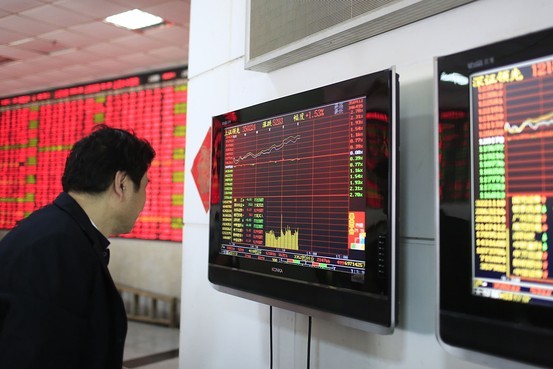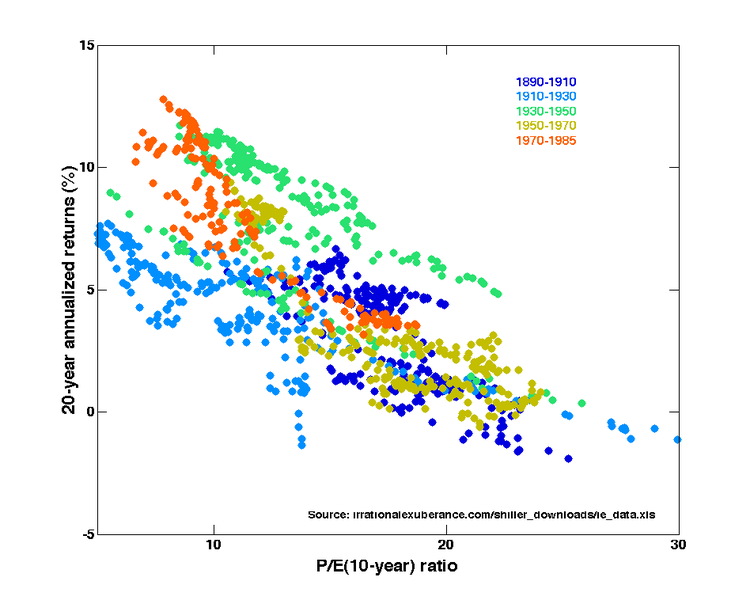Blame market not pricing for IPO woes Financial Express
Post on: 17 Июнь, 2015 No Comment

Comments 0
Summary Stability is needed in the secondary market to revive primary issuances says Sanjay Sharma, head, equity capital markets, Deutsche Equities India and chairman, Association of Merchant Bankers of India.
Stability is needed in the secondary market to revive primary issuances says Sanjay Sharma, head, equity capital markets, Deutsche Equities India and chairman, Association of Merchant Bankers of India. In an interview with Ashley Coutinho, he says while merchant bankers are blamed for aggressively pricing issues to the detriment of the primary market, the 2-3 week time period between which the IPO is marketed and listed could see totally different market conditions.
It’s been a dull year for primary issuances. Do you see things improving going forward?
It depends a lot on what’s happens in Europe and the political situation back home. I don’t see an immediate uptick right now. But over the next quarter we may see stability in the equity markets. However, the primary market may take a while to revive since unlike the international markets, we need a much longer period of stability in the secondary market before the primary market picks up.
Some of the recently listed companies have suffered significant erosion in their share prices. Where does the problem lie?

Of course the prevailing market condition and volatility are some of the factors and changes in stock price of IPOs and the changes in price of listed stock in secondary markets are locked to each other. Given the market volatility, the view on the markets and the world could change in a matter of days of few weeks and the 2-3 week time period between marketing an IPO and listing could see totally different market conditions. We have been trying to reduce this time period and Sebi is looking at options. People also keep pointing towards aggressive pricing as one of the factors. But the point is that the fundamentals of the company don’t change in a matter or 2-3 weeks. So, if investors were willing to buy at a particular price during an IPO, why should the situation change at the time of listing? So apart from the fundamentals of the company, the demand and supply also determines the price of a stock on an ongoing basis.
Several small companies are finding it difficult to tap capital market. Why?
Smaller companies not only find it difficult to raise capital from markets but also in ensuring enough liquidity post listing. The requirement of 50% of the issue being reserved for retail and HNI investors further reduces the amount available for institutional investors. This is important since most retail investors follow the














